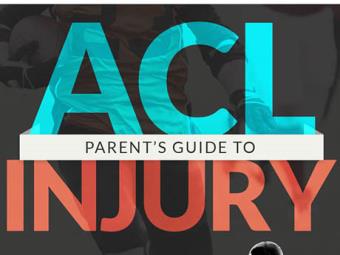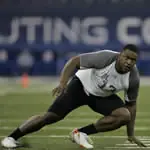
Football coaches teach their wide receivers to catch the ball at the numbers with their thumbs and index fingers touching. The hands form a cone enabling the receiver to catch a higher percent of their passes. Receivers are speedy players who always get off the line quickly, effectively block the defense, move the defensive backs to a desired area, form a pocket for catching the football, and knows how to avoid and break tackles.
All receivers regularly participate in tipped ball and fumble recovery drills. Other drills include those designed to improve quickness and speed. But by far the most important drill for receivers is the most fundamental--ALL catches are to be made with the hands, then the ball is brought into the torso and secured. Drills encouraging receivers not to leave their feet should also be high on the list. It's painful when when a player makes a 30-yard gain for the team, then tackles himself by unnecessarily leaving his feet and falling to the ground.
Here are three simple drills that can make your wide receivers better:
Side to Side
This is a good receiver-specific conditioning drill.
This drill starts with two players standing on the goal line facing each other and about five yards apart. On command, both players start running sideways, tossing the ball back and forth until they reach the endzone. They get a quick rest and start back up the field. Some type of time can be used. Make sure to stress good body control.
Tap Dance
The purpose of this drill is to help improve the player's ability of catching the ball near the sidelines and planting one foot or two feet in bound before going out.
Players will line up about 15 yards from the sidelines. On command, the receiver starts to run full speed towards the sideline. The coach will throw the ball about five yards from the sideline. The receiver will catch the ball, planting one or two feet in bounds before going out of bounds. The drill can be used from left and right side.
The coach should emphasize catching the ball and then check the proper feet position in relation to the sideline.
The "Shoulder Club" Release
Here are steps a receiver can take to create separation from the defender.
- Feet - step in the direction of the release past the outside of the defender's shoulder pads. When the defender lines up opposite the back foot, the tight end takes two steps to pass the defender's shoulder pads.
- Forearm - touches the defender's arm slightly below the top of the shoulder driving the defender's arm down.
- Opposite Arm - swings over the defender's shoulder.
- Elbow - drives into the defender's back.
- Hips - the receiver drives their hips past the defender's body.








Discuss This Article